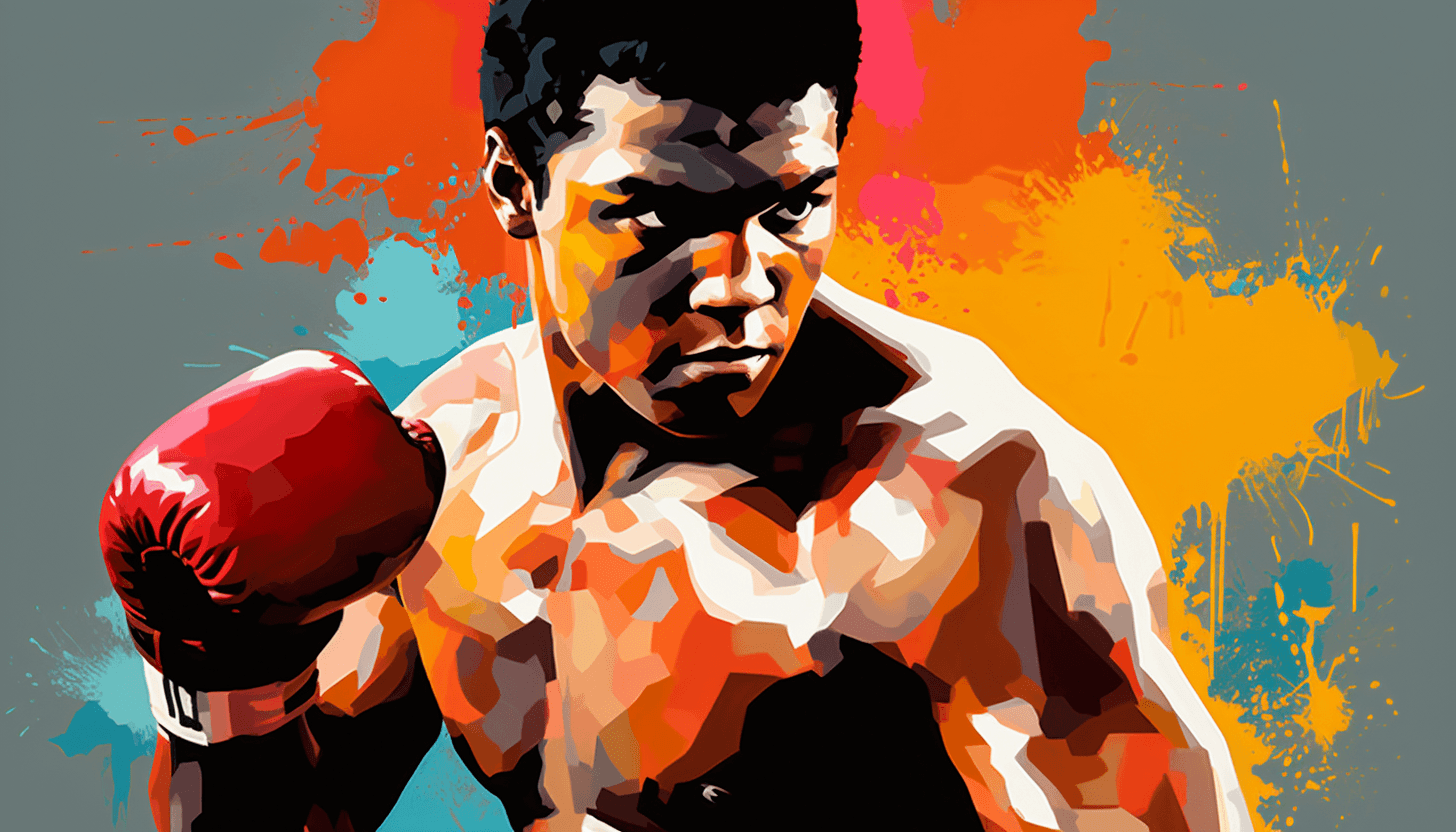The performance of an athlete, in its most exquisite form, is a dynamic interplay of power and grace.
A spectacle that mesmerizes us as it seamlessly blends fluidity with ferocity, combines violence with peace, and merges aggression with elegance. It’s an art form where strength and subtlety coexist, creating a harmonious symphony of human potential.
There’s a reason Ali’s motto was “float like a butterfly; sting like a bee”.
The Athletic Spectrum: From Power to Grace
Understanding the diverse facets of athletic performance requires that we conceptualize it as a spectrum, one that extends from raw, primal power to the refined finesse of grace. Every athlete falls somewhere on this spectrum, exhibiting a unique blend of power and grace that reflects their physiological attributes, training, and personal style.
Take, for instance, the raw power of a heavyweight boxer like Mike Tyson, whose every punch carried the potential to end a fight.
On the other end of the spectrum, you could consider the balletic grace of a gymnast like Simone Biles, whose performances are a whirl of effortless elegance. Yet, in both these examples, neither power nor grace exists in isolation. Tyson’s movement was always precise, displaying an unexpected elegance. Biles’ fluid routines are grounded in her immense physical strength, highlighting the fusion of power and grace.
But while it’s true that the best athletes are often the embodiment of both maximal power and optimal grace, most tend to bias towards one or the other. It’s essential for coaches to understand these biases, and to support their athletes in harnessing their natural tendencies.
One of the biggest roles for a coach is to nurture an athlete’s inherent strengths, while also cultivating their areas of improvement. It’s a delicate balance.
If an athlete naturally leans towards power, their training might need to incorporate elements that enhance fluidity. Conversely, an athlete with a bias towards grace might benefit from more strength work. but – importantly – not at the expense of their gift.
The Dance of Athletic Performance
Indeed, athletic performance is akin to a dance.
As the infamous exotic dancer and spy Mata Hari suggested, “The dance is a poem of which each movement is a word.” Athletes, like dancers, weave a narrative with their bodies – their movements writing poetry in motion, expressing a tale of determination, struggle, and ultimate victory or defeat.
Each athletic performance is a unique story where power sets the tone, and grace adds the subtleties – making it compelling. This paradox is part of the charm of sports, and why we’re drawn to it. It’s not just about who’s the fastest or the strongest; it’s also about who can perform under pressure with seeming ease and effortless grace.
In the words of Mahatma Gandhi, “Strength does not come from physical capacity. It comes from an indomitable will.” This sentiment encapsulates the essence of athletic performance. It’s not solely about physical prowess, but also about mental fortitude, the ability to gracefully navigate challenges, and the determination to power through obstacles.
Embracing the Paradox
By exploring and embracing the paradox of power and grace in sport, we gain a richer understanding of what it means to be an athlete. It encourages us to appreciate the artistry in movement and recognize the diversity of athletic performance. Whether on the field, the court, or the track, every athlete is a testament to the incredible range of human capability – a dazzling display of power, a dance of grace, and everything in between.

